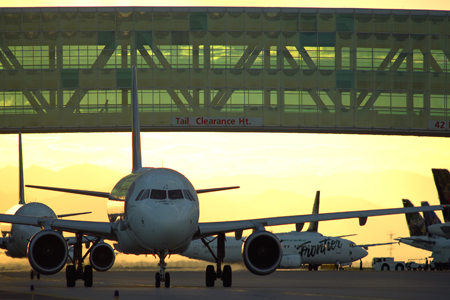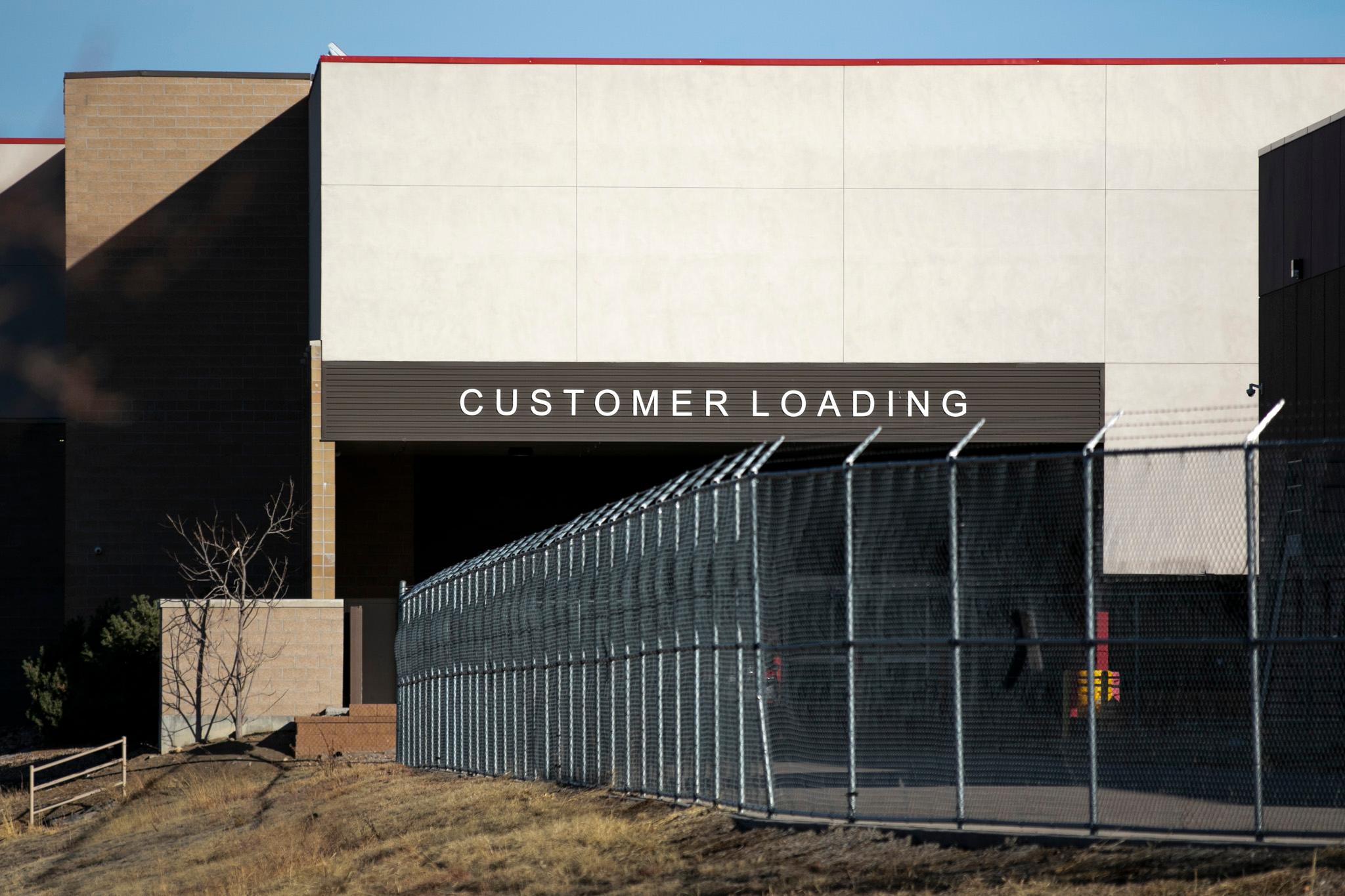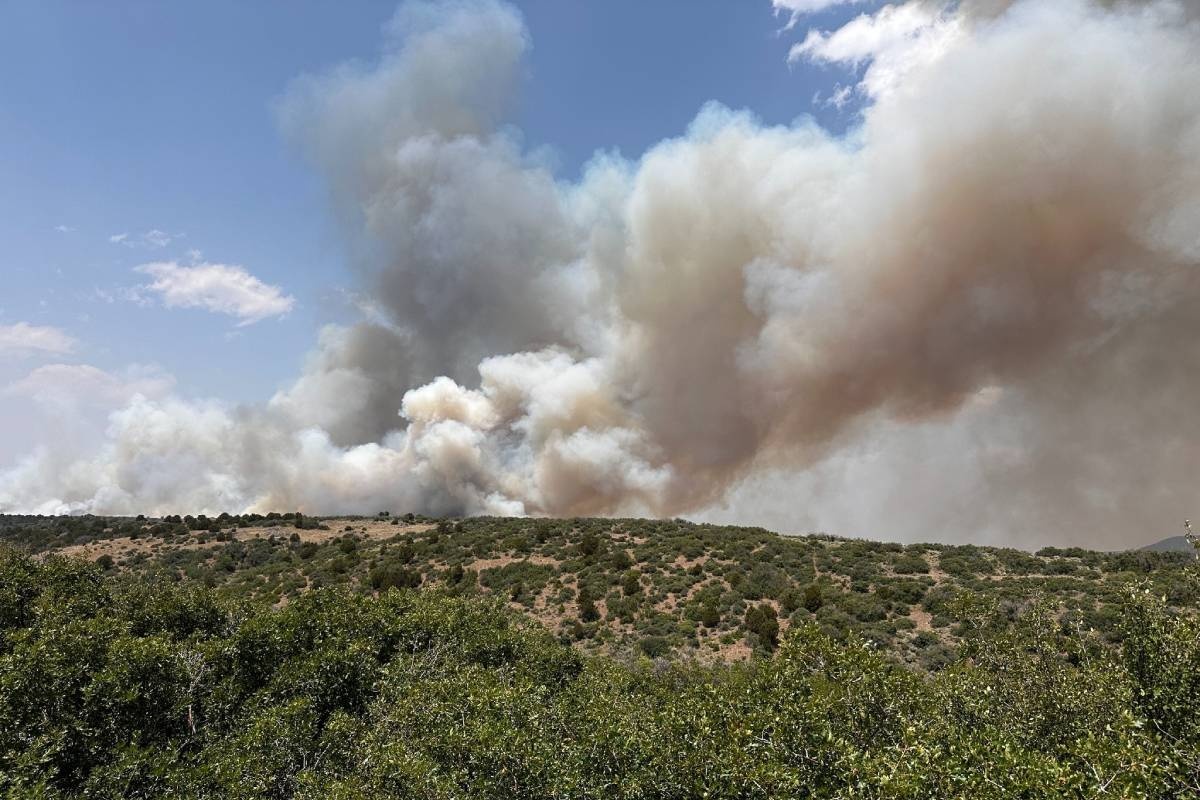

Now 20 years old, Denver International Airport was built 24 miles from the city’s center at a cost of $4.9 billion. And time sure has flown for the iconic tent-like edifice on the plains-- it opened on Feb. 28, 1995.
How's it doing? From an economic standpoint, it pumps an estimated $26.3 billion annually into the region’s economy and boasts a 2014 passenger count of 53.4 million.
"DIA is a jewel in the nation’s aviation system, serving as the front door to our entire region for tens of millions of people every year," Denver Mayor Michael Hancock says.
At 53 square miles, DIA is the largest commercial airport in the United States with 15 airlines and 1,500 daily flights on average.
It’s also the nation’s fifth busiest.
The numbers weren't always so rosy, though. Construction delays and a failed automatic baggage system kept doors from opening on schedule in October 1993. Building costs swelled from an initial estimate of $2.08 billion to more than $4 billion. And don’t forget the many DIA conspiracy theories, or the love-it-or-hate-it blue mustang statue.
Still, the airport’s future looks pretty bright.
Construction on a new 519 room Westin hotel continues at the airport’s south terminal. It’s slated to open in November. And the East Rail Line from Denver’s Union Station will open in the spring of 2016 connecting airport travelers to the downtown core by commuter rail in 35 minutes.
An outdoor plaza for arts and entertainment exhibits will be unveiled this year, and improvements in traveler comfort are also on the horizon with new concourse seating, additional power outlets and expanded locally sourced dining and shopping options.
There also appears to be new movement on the DIA ‘aerotropolis’ development around the airport.
The Denver Post reported in January that mediation over how the industrial and commercial complex will look continues with surrounding Adams County. A deal is also in the works for the Colorado Department of Transportation to begin land use and transportation planning.
There’s certainly no shortage of space for that aerotropolis to grow. Officials say DIA can double its runway capacity from 6 to 12, and manage up to 100 million passengers a year. Couple that with an additional 9,000 acres of land ready for commercial redevelopment, and DIA looks poised to keep hold on its role as the state’s largest economic driver.









